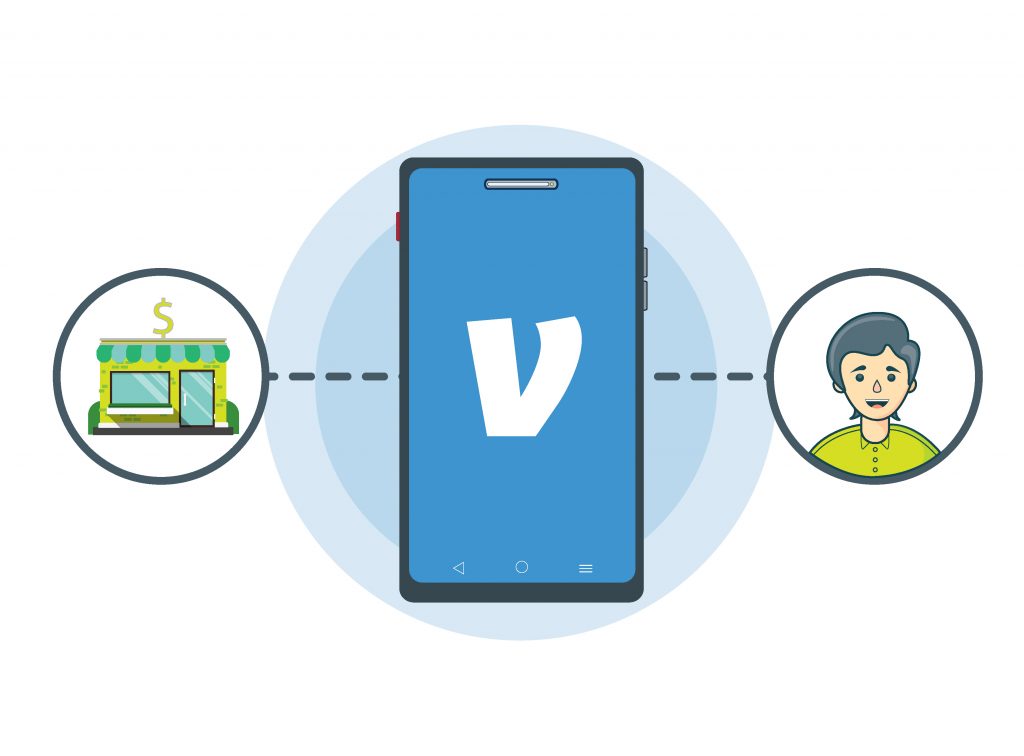Technology-based transactions have been rapidly garnering the attention of millions of people around the world. In the United States, more and more people are using Venmo, a digital wallet that lets you make peer-to-peer payments. A subsidiary of PayPal, this application has been gaining ground. According to Business Insider, the app exceptionally grew in 2014 when it saw a 62% increase in payments volume. This is coupled with more than $1 billion in mobile payments, $314 million of which were made in the first quarter.

How it Works
For those not familiar with this mobile application, Venmo functions just like more popular tools such as PayPal and Google Pay. It is essentially an app in which users can link their debit or credit cards, making it easier to transact with peers or businesses. According to Business News Daily, the app allows users to monitor their transactions through their personalised feed. Customers must keep in mind that a fee of 2.9% plus 30 applies for every payment.
It’s Role in the Business Landscape
To see how businesses perceive Venmo, Business News Daily gathered reviews from various companies. RAEKA Beauty views the tool as an “easy, fun and safe” option for customers, whilst To the Cloud Vapor Store opts to use the app as an alternative to a point of sales system. Pavemint values Venmo as a speedy payment method that eliminates the need for bank transactions.
Other features valued by users include customer connection and security.
Is it 100% Safe?
With various businesses vouching for the advantages the application has to offer, clients might fail to consider challenges they might face, including frauds. Just last year, the company was hit by unforeseen huge losses amounting to $40 million due to fraud. A statement given by Venmo to Fortune states that losses occurred following the introduction of new features. These features were addressed by the company’s experts.
Venmo has been sustaining continuous losses since its inception, the company has implemented a fee-based policy and it is now allowing users to pay for other services to boost its revenues.













